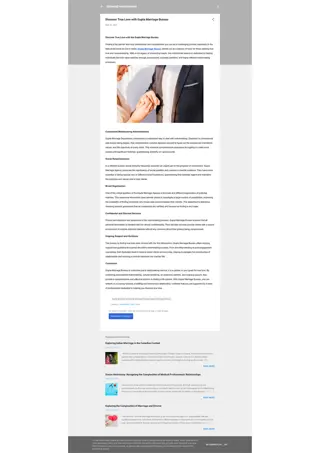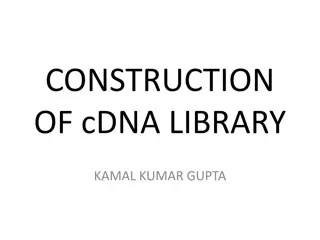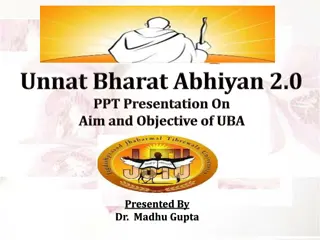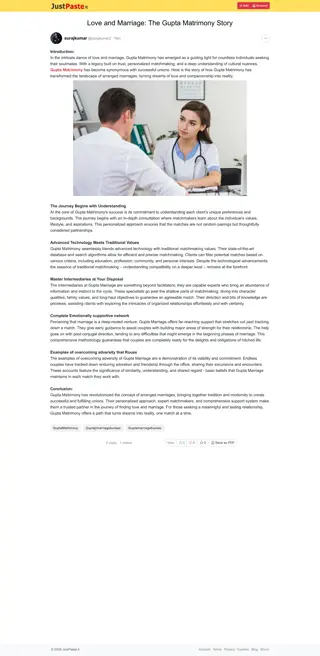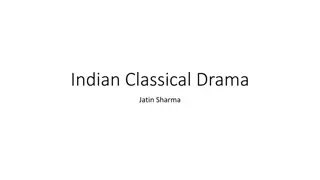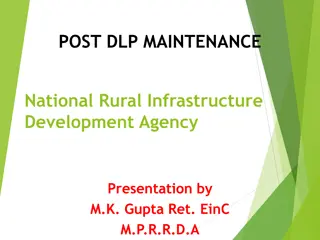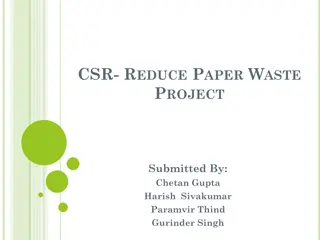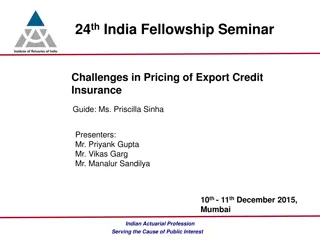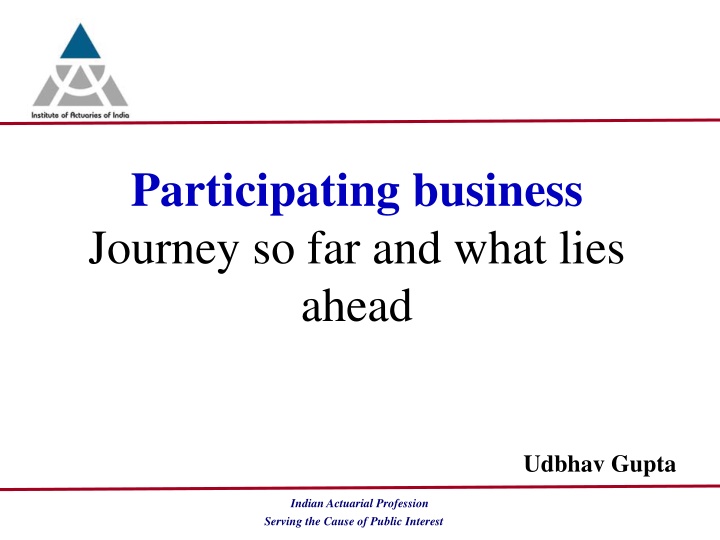
Par Sales in Indian Actuarial Profession: Trends and Insights
Explore the journey of participating business in the Indian actuarial profession, from past challenges to current trends. Discover how regulatory policies and market dynamics have shaped the landscape, leading to a resurgence in demand for participating products. Gain insights on the shift from linked products to traditional designs, highlighting the rise of par sales and the impact on stakeholders.
Download Presentation

Please find below an Image/Link to download the presentation.
The content on the website is provided AS IS for your information and personal use only. It may not be sold, licensed, or shared on other websites without obtaining consent from the author. If you encounter any issues during the download, it is possible that the publisher has removed the file from their server.
You are allowed to download the files provided on this website for personal or commercial use, subject to the condition that they are used lawfully. All files are the property of their respective owners.
The content on the website is provided AS IS for your information and personal use only. It may not be sold, licensed, or shared on other websites without obtaining consent from the author.
E N D
Presentation Transcript
Participating business Journey so far and what lies ahead Udbhav Gupta Indian Actuarial Profession Serving the Cause of Public Interest
The early yearspar was the king 1956 Rural, non-urban economy underdeveloped capital markets low income households, low risk appetite need of a capital preserving, moderate return investment vehicle. With death cover on top, a useful product. 2000 www.actuariesindia.org 2
From 2004-2010, private players turned away from par and towards linked products Till 2004, new entrants also offered mainly par products Around 2004 ULIP design emerged: offered front loaded profit signatures Period coincided with equity boom in stock markets. Interest rates were also declining making par less attractive. Without an existing estate, par required capital injection with shareholder profits muted (90:10) and spread far into the future LIC s track record of close to 50 years! www.actuariesindia.org 3
September 2010: Regulatory policy action to address issues in ULIP design Aftermath of GFC (2007-2008) Low demand for market linked products Restriction on charges meant commission payment capability curtailed vis- -vis traditional design Bad press around ULIPs reports of mis-selling amid investment losses Demand returns for participating products as customers see value in predictability and guarantees offered by these designs. High commissions mean distributor demand as well. www.actuariesindia.org 4
Share of par sales has been on the rise Split of individual new premium, by product type 100% 80% Linked 60% Non-participating 40% Participating 20% 0% FY2009-10 FY2010-11 FY2011-12 FY2012-13 Par proportion of sales had increased from around 40% in 2009-10 to around 75% in 2012-13. The increase would have been even more dramatic for private players. Post 2014, with growth returning to stock markets, ULIPs have made some comeback but the traditional proportion is still strong. Non-linked regulations, EOM regulations and With Profits Committee formation recognize this trend. Source: IRDAI segmental data, Milliman research report www.actuariesindia.org 5
The Asian experiencemany parallels Hong Kong Par business has historically been important (In 2012 almost 50% by sales volume). Importance increased post GFC, when demand for investment linked products fell. No specific regulatory framework for par. No norm around shareholder share of surplus, varies by company. Majority of investment is in fixed income. Concerns over the viability in low interest environment to jointly meet policyholder and shareholder requirements. Singapore Again, par has historically been important. Linked business dominated sales in early 2000s. Post GFC, par has steadily gained market share and is close to 50% of NB. Regulations prescribe 90:10 gate. Customer demand is strong for par but provider conviction low, especially given the low interest rates. Real assets proportion is generally 20%+ on average. Concern whether affluent customers will move to alternative investment vehicles. China Interestingly, par started to gain traction in early 2000s only when yields started to drop sharply making non-par less viable. Universal Life took some share in mid 2000s but post GFC, growth in par is back. Regulations prescribe 70:30 gate. Concern whether customers who look at it only as an investment product will move to alternative investment vehicles. www.actuariesindia.org 6 Source: Country reports, Milliman research report
What all can go wrong UK example Background One of the oldest markets with over 200 years of history. From around 40% NB share in 1985, today the business is negligible. Various scandals and reputational damage around par business. A cocktail of issues Perfect storm when economic factors combined with the failings Mismanagement Equitable Life: Under reserved guarantees (GAO) neutralised by cutting TBs. Combined with aggressive distribution of bonuses leading to low free surplus to absorb shocks. Poor customer communication PRE: Endowment backed mortgages (soft guarantees given assuming high interest rates will continue). Significant bad press for participating products. High EBR to augment falling returns as high as 80%, average 50%+. TB cut, MVA were applied which became infamous. Regulatory response around early 2000s PPFM, Realistic Balance Sheet Sandler review move to a transparent UWP type of system with defined cap on charges for SH. Products never took off. Retail Distribution Review more recently, to move away from commission based model. With NB hardly there, issue facing the industry is distribution of inherited estate. www.actuariesindia.org 7
What lies ahead for Indian par business? Acid test when maturities will come. Will the product deliver to the customers (reasonable) expectations? Are there any latent issues? Interest rates are low (than before) and likely to fall will the returns offered be worthwhile for future customers/viable for providers? Affluent banca customers? Investment mix? Currently the capital requirement is low will a move to MCVL/RBC change this comparative advantage vis- -vis other designs? Are the governance frameworks in place enough? www.actuariesindia.org 8
Thank you www.actuariesindia.org 9







